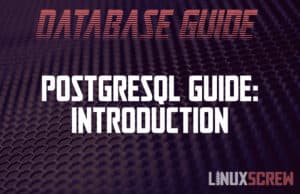Home » Search results for 'mysql'
Listing Databases and Tables in MySQL and MariaDB
This guide explains how to list databases and tables using MySQL or MariaDB using simple commands. Managing your databases from the Linux shell is quick and efficient compared to some of the bloated database management tools available. Here’s a quick primer on seeing what databases and tables you’ve got set up on your MySQL or MariaDB server. Listing Databases Once you’ve logged in to your database, simply enter the following to list your databases: SHOW DATABASES; You’ll get a list of all of the databases … Read more

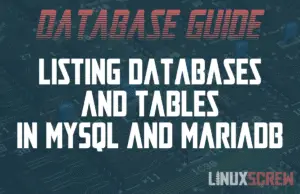
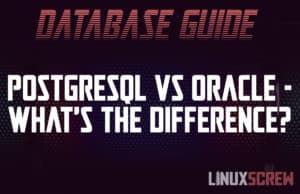

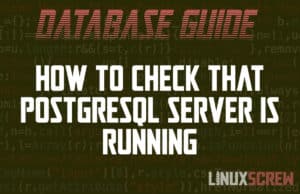
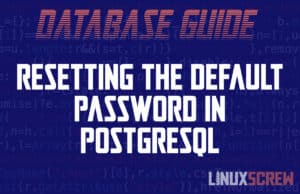
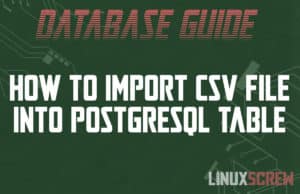
![Use wc to Count the Characters/Words/Lines [Linux/Bash] 7 Bash wc command count words](https://www.linuxscrew.com/wp-content/uploads/2022/08/Bash-wc-command-count-words-300x194.jpg)
